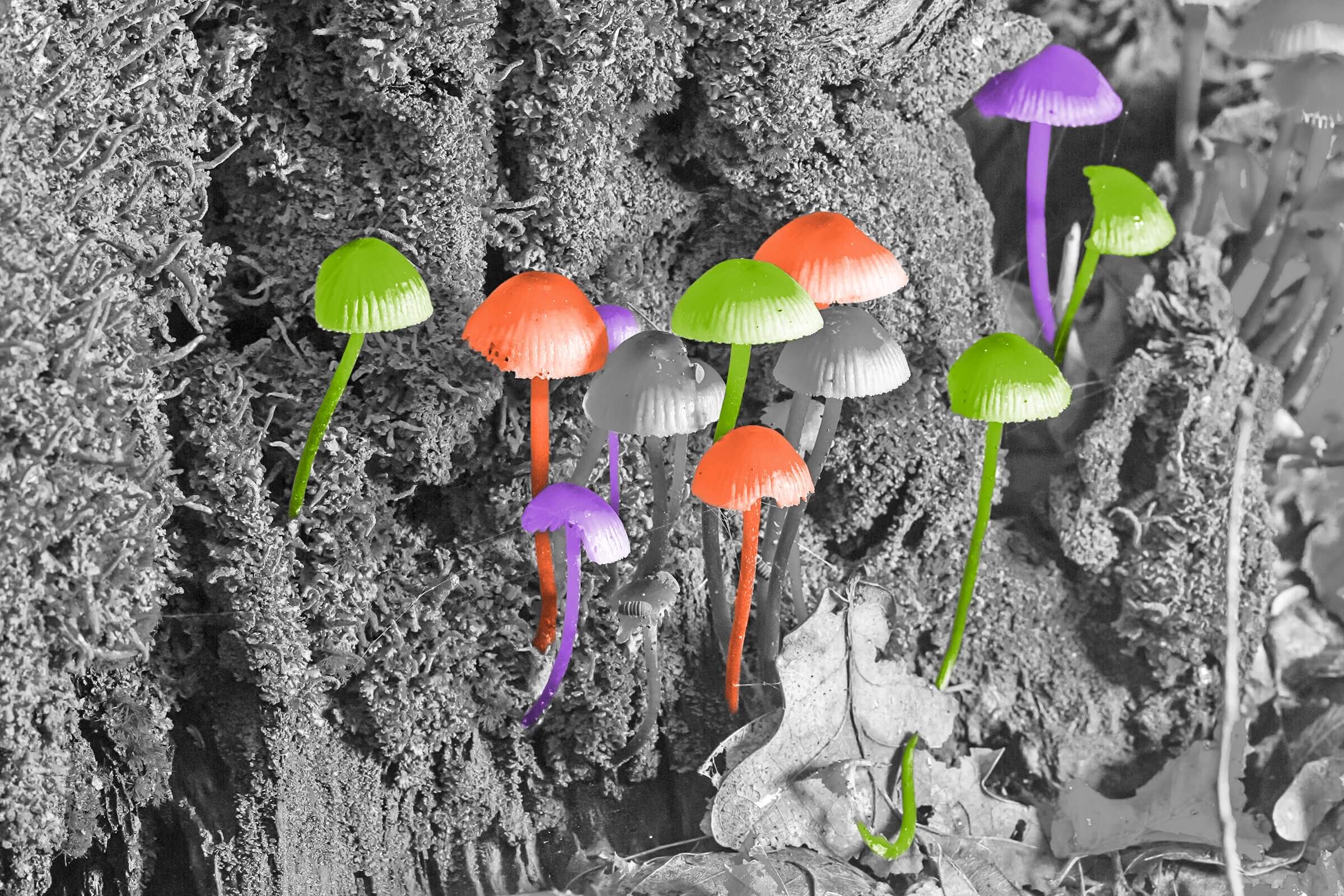| Copepods are also called "__ of the sea," because they graze on aquatic plant life. |  |
|
|
 | Numbers Don't Lie |
|
 | | Number of major U.S. cities that do not filter drinking water (NYC, Boston, San Francisco, Seattle, and Portland, Oregon) | | 5 |
|
|  | | Year New York City's current water system was developed | | 1842 |
|
|
|
 | | Average size (in inches) of a copepod | | 0.04–0.08 |
|
|  | | Number of mosquito larvae one copepod can eat in a day | | 30–40 |
|
|
|
|
|
 | Some communities get their drinking water from fog. |
|
| Not every community has instant, unlimited access to safe drinking water, which is why some have turned to unorthodox methods of water collection — like fog harvesting. The process has been successful in arid regions with heavy fog, like coastal countries such as Eritrea, Israel, and Chile. Fog harvesters use mesh nets or screens to collect tiny water droplets from low-lying fog clouds, which then flow into pipes that lead to storage reservoirs. In Peru, a single fog net is capable of capturing between 200 and 400 liters of fresh water per day (about 52 to 105 gallons). While this simple technology is a water-producing game changer, scientists say it's a recycled idea; evidence of ancient fog harvesters has been unearthed in Egypt, Israel, and the Atacama Desert in South America. | | |
|
|
|
| You might also like | | 6 Fantastic Facts About Fungi | | Not quite plants and not quite animals, fungi are masters of their own biological kingdom, and scientists estimate a staggering 3.8 million species exist. It's difficult to overstate the importance of the humble fungus, and these six amazing facts show why. |  |
|  |
|
|
|
| Thank you for supporting our advertisers. They help keep Interesting Facts free! |
|
|
0 Comments:
Post a Comment
<< Home